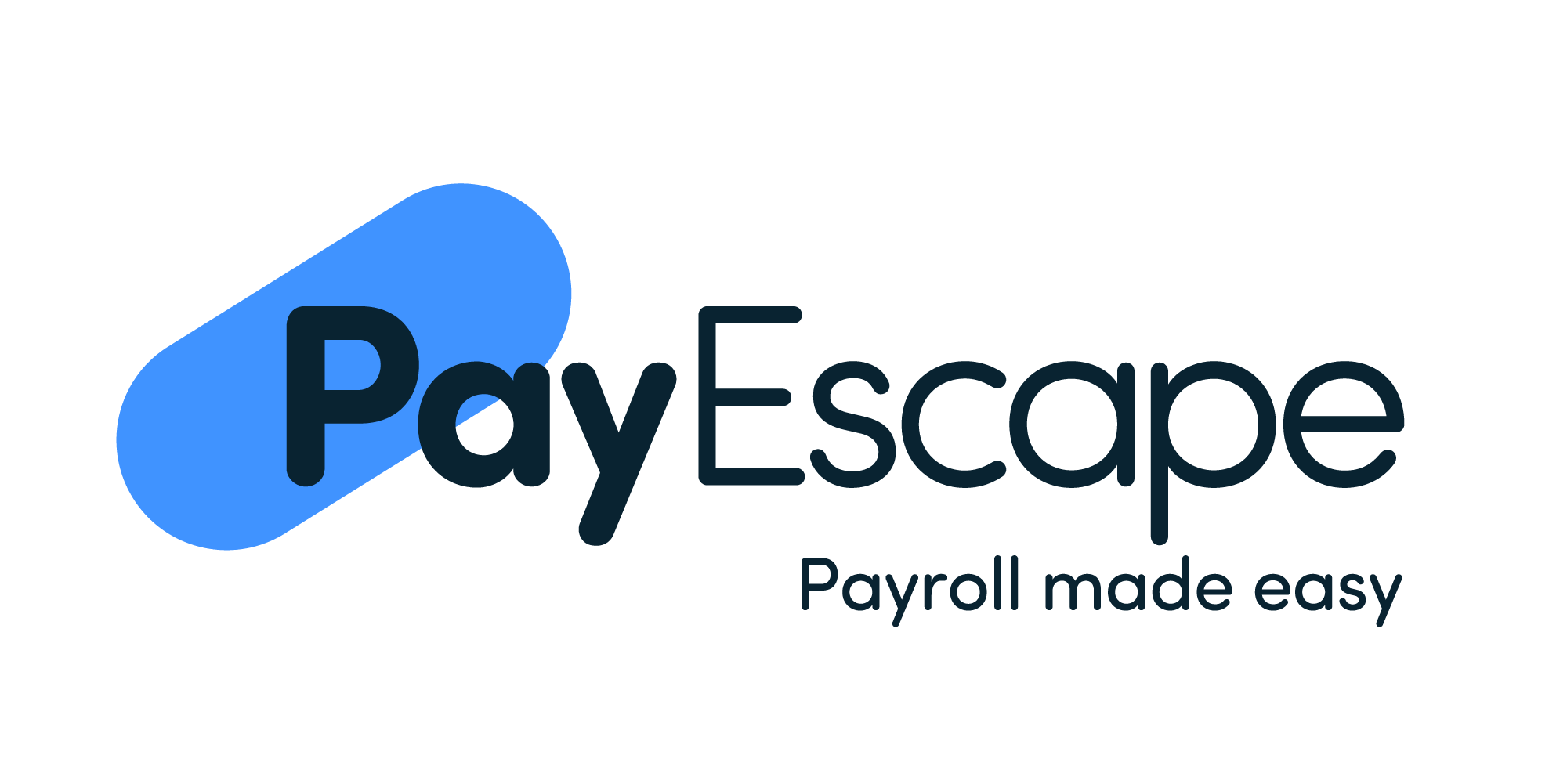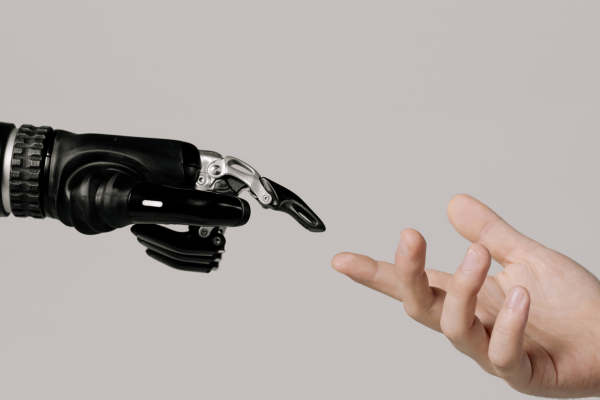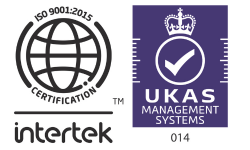
No matter the size of a company, there will always be employees joining and leaving, making it important that all businesses and their staff regardless of their job role understand what the employee lifecycle is.
What is the employee lifecycle?
The employee lifecycle has 7 key stages that describe how a person progresses through their employment journey at a company. These stages include:
● Attraction.
● Recruitment.
● Onboarding.
● Engagement.
● Development.
● Retention
● Exit and advocacy.
Stages of the employee lifecycle

Stage 1: Attraction
The employee lifecycle starts before the employee has even applied for their role. This stage begins when the staff member is initially attracted to your company either through job adverts or prior knowledge of the business.
Companies can improve their attraction stage by enhancing their marketing strategies. This can be done through writing regular blog posts about the company and its culture and promoting company culture via social media platforms. This will help attract a wider range of potential top talent.
Stage 2: Recruitment
The recruitment stage involves a range of processes like:
● Writing job adverts.
● Conducting interviews.
● Preparing for new staff members’ first day of work.
The recruitment process sets the tone of your company and helps staff understand what to expect while being employed by you. It’s important for businesses to have a well-defined recruitment process to ensure they’re attracting the right talent. This helps to build a strong work-force that drives success.
Stage 3: Onboarding
Onboarding your staff successfully will ensure they feel welcomed and comfortable within your organisation. It should showcase your company culture and get staff excited about being a part of your company.
It’s important to remember that the onboarding stage doesn’t just last for their first day but can span across several weeks or months, while staff settle into their roles. The onboarding process usually includes tasks like:
● Completing essential paperwork.
● Office tours.
● Meeting colleagues and team members.
● Training.
When onboarding is completed successfully a sense of belonging is fostered and provides employees with the skills and knowledge they need to succeed within your company.
Stage 4: Engagement
The engagement stage usually occurs around a year into employment. It involves fostering a positive work environment where staff still feel motivated about their roles and promoting your company culture. To achieve this, initiatives should be implemented, such as:
● Professional development opportunities.
● Clear communication from leadership.
● Recognition and rewards programmes.
By prioritising employee engagement businesses can create a loyal and productive workforce.
Stage 5: Development
This stage gives existing staff the opportunity to develop and grow within the company. It ensures they have the skills and knowledge to excel in their role, by offering training programmes, mentorship initiatives and the ability to participate in conferences and workshops. This not only helps them grow within their role and your business, but also gives them the ability to become more adaptable both inside and outside of work.
Creating a well structured development programme curates a well engaged team motivated and a highly skilled workforce.
Stage 6: Retention
When an employee has worked in your organisation for a long time it can be easy to forgo further training and engagement initiatives, but this is just as important as it is in the engagement stage. Ensuring your staff are engaged no matter what part of the employee lifecycle they’re in will help you retain more employees.
You can improve your retention by implementing:
● Employee benefits.
● Career advancement opportunities.
● Guaranteeing a positive work-life balance for all staff.
● Creating a strong company culture.
● Conducting regular performance reviews.
● Promoting clear communication.
By creating a strong retention strategy, companies can create a loyal and talented workforce that attracts new talent. This is an ongoing process that will need adapting as you employ new staff to make sure everyone feels valued within your company.
Stage 7: Exit and Advocacy
When an employee leaves your business it’s important to maintain positive relationships as they can act as brand ambassadors even if they no longer work for you. To guarantee a smooth exit you should conduct exit interviews and handovers of responsibilities.
At Payescape we’re here to support you through every step of the employee lifecycle, whether that’s implementing new employees into your payroll system or removing them after they exit. We ensure all stages run smoothly and can integrate HR, time and attendance and payroll software so that you can access everything all in one place. This helps you reduce the time you spend on your payroll and HR processes and allows you to access important information throughout every stage of the employee lifecycle.
Get in touch with Payescape today to see how our software could help you successfully undertake each stage of the employee lifecycle.
















